The effects of prohibiting plastic straws in America
The recent movement to ban plastic straws has more consequences than requiring Americans to forgo a convenient way to drink. On the surface, the innocent prohibition of plastic straws may appear to benefit society and to protect the environment, but once this ban takes full action, there is the possibility that some Americans will be at a disadvantage. The people who will most likely suffer from this change are those who have a disability that inhibits their ability to drink without the use of a straw.
Many news media sources, such as The New York Times, The Wall Street Journal, and CNN, cite that Americans use 500 million straws a day, a number that appears excessive and harmful to the environment, but this figure is inaccurate. The number came from 16-year-old Milo Cress, during his 2011 campaign, “Be Straw Free.” His campaign started as a school project to raise awareness about plastic waste, according to usatoday.com.
To collect data for his project, Milo called straw manufacturing companies and asked them to estimate the number of straws people in the United States use per day. According to usatoday.com, some companies gave Milo an annual estimate, which he divided by 365, and others’ estimates calculated about 500 million straws, which is the number he used.
“That was the number [500 million] that I stuck to because it seemed to be around the middle of what [the corporations] were saying,” Milo said in an interview, according to usatoday.com.
Technomic Inc., a management consulting company clarifies that Americans use approximately 170 million plastic straws a day, 66 percent less than Milo’s estimate, according to the New York Times. If 500 million straws altogether are put in the ocean, they would only account for about .03 percent of the 8 million metric tons of estimated plastic waste in the ocean, according to jambeck.engr.uga.edu.

The anti-straw movement that Milo ignited grew when a graphic video of a turtle with a plastic straw stuck in its nostril gained attention on the Internet August 10, 2015. This led to an environmental movement to ban the complete use of plastic straws and replace them with other types of materials such as paper, according to time.com.
The seemingly harmless resolution of substituting plastic straws with paper straws creates a series of issues. Organic materials compose most paper straws and using paper straws can cause severe allergic reactions depending on a person’s medical condition.
In addition to potential health hazards, paper straws are also a potential choking hazard. When paper gets wet, it disintegrates creating clumps of paper in the drink, according to nationalgeographic.com.
Banning plastic straws also makes life more difficult for those living with disabilities, such as Dyspraxia a childhood developmental disorder, which affects motor coordination. Mr. Shaun Bickley, the co-chair of the Seattle Commission for People with Disabilities, stated in an interview with the National Public Radio that those with disabilities could develop pneumonia and die from the aspirated liquid in their lungs if these people didn’t have access to plastic straws, according to npr.org.
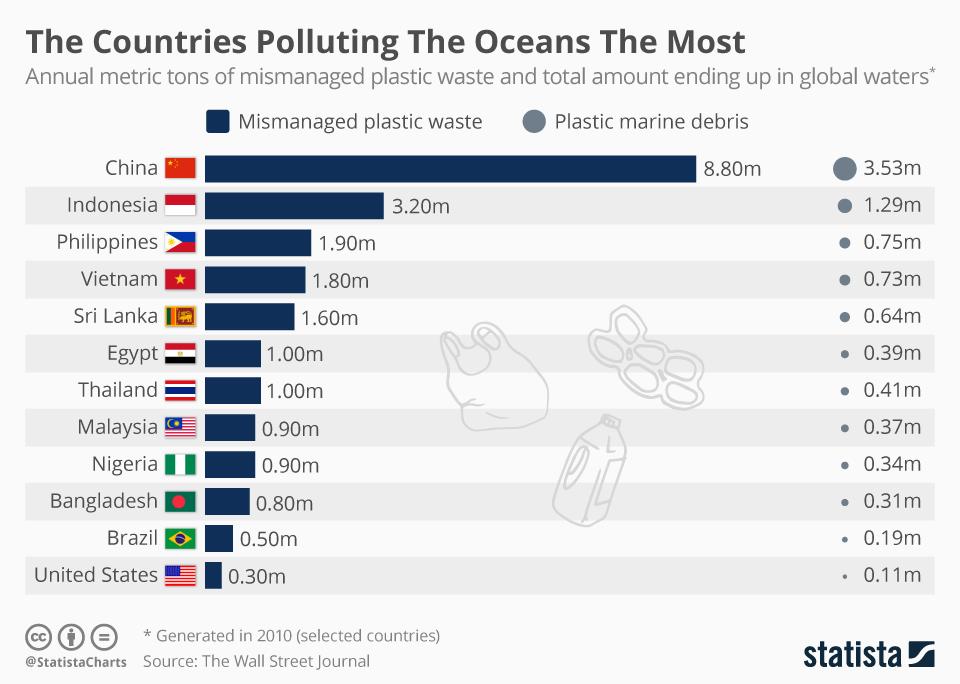
A complete ban on plastic straws in the United States will barely affect the amount of plastic pollution on the planet. Plastic pollution in the ocean is a significant issue, but according to reason.com, only one percent of plastic pollution is from the United States. Furthermore, if the United States’ plastic represents only one percent, only a tiny fraction of that pollution is from plastic straws.
To solve this issue while decreasing the use of plastic, restaurants can provide paper and plastic straws upon request, allowing some consumers the option of having a plastic straw when necessary, and others the option to use paper.
Featured Image by Christine Guido ’20

Christine is proud to be one of the 2019-2020 Editors-in-Chief. Last year, she enjoyed working as the News Section Editor and composing the weekly “Humans...



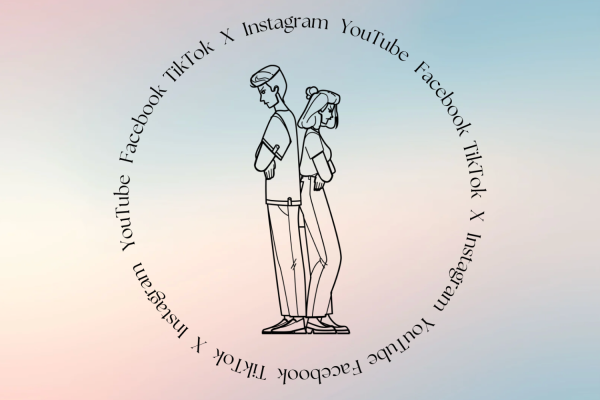
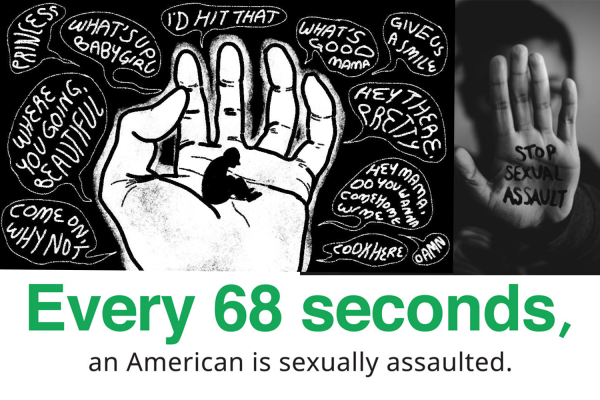
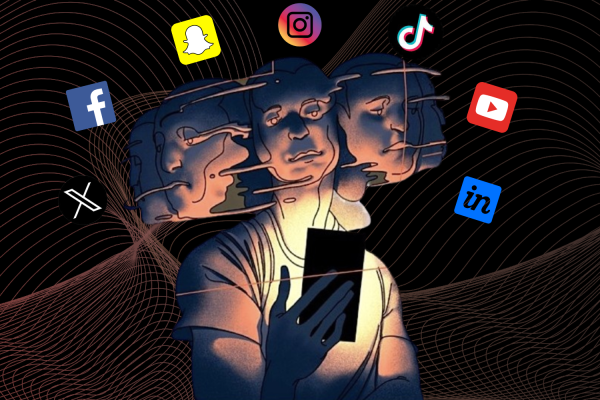



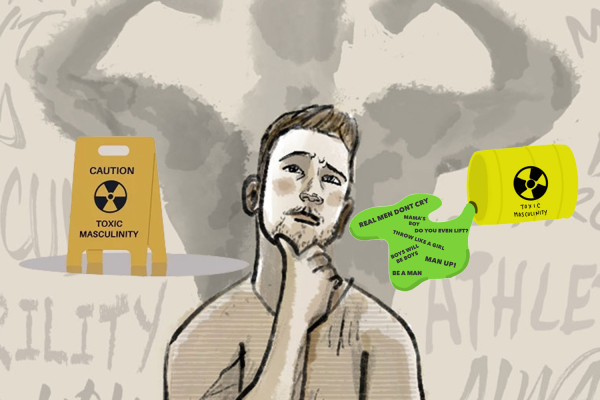
Nina Rosenblum • Aug 5, 2019 at 2:10 am
I am happy that the plastic straw ban has become vogue, I hope everyone can make living a sustainable lifestyle a priority. I truly believe that the success of creating global change is to personally take initiative. Great article! Would love to see more coverage on this pressing issue!
Zhan Welcome • Nov 2, 2018 at 9:26 pm
A very well written article! I admire the courage to post a different view on the issue. However, more than 99% of plastic straws are unnecessary. Most people can drink without a straw. The US not only use a lot of plastic straws but also a lot of plastic bags. I do not know if the 1% US plastic is reliable. Even if it is true, every human being should limit the use of plastic and paper for the world to become safer and more livable.
Victoria Allen • Oct 22, 2018 at 4:14 pm
A most news worth and factual article. I must say that when I was young back in the dawn of time, straws were made of paper, or one could take a nice, big gulp from a glass or cup. I personally think that paper is the way to go, particularly for people who have difficulties drinking from a cup. But for most of us, I think that drinking from the glass or paper cup, not plastic!! works fine for most people.